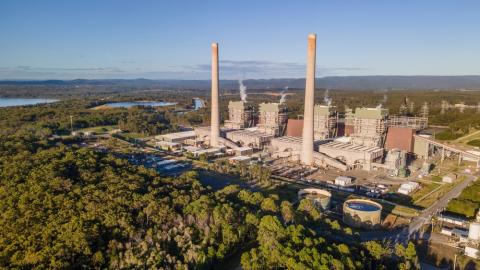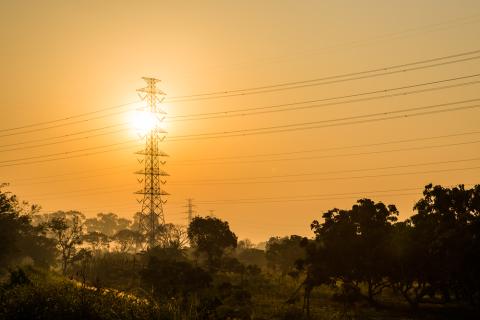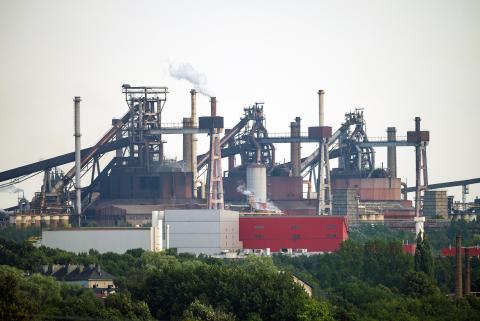Report
Santos
Coal Seam Methane
Narrabri Coal Seam Gas
Australia
New South Wales
Galilee Basin, Queensland, AU
The Narrabri Coal Seam Gas Project
Download Full Report
Key Findings
The Narrabri Gas Project’s Preliminary Environmental Assessment states that, “Potential would exist for improved competition on price. Improved competition on price would have flow on benefits for NSW’s economic efficiency, productivity and prosperity.”
The NGP is a joint venture between Santos (80%) and Energy Australia (20%), with Santos being the operator of the project.
Executive Summary
- An expected tripling of gas demand in Eastern Australia - largely created by the Queensland LNG export projects – is diverting “traditional” supply from the Cooper Basin producers and Queensland coal seam gas (CSG) away from NSW.
- The NSW wholesale gas market has entered a period of material change given that the LNG export netback value is now a factor in determining domestic prices. There have been numerous studies which have investigated the likely impact on Queensland LNG exports on Eastern Australian domestic gas prices and supply, and while all studies have concluded that gas prices will rise, there is no consensus on how fast they will rise, and to what level they will rise.
- Whilst analyses differ in the exact future trajectory of NSW gas prices, there seems little debate that NSW wholesale gas prices are set to at least double compared to historical levels. The question that is rarely, if ever, asked is: can coal seam gas development in NSW - in this case the Narrabri Gas Development - deliver gas into the Sydney market at competitive prices?
- According to Santos, the NGP could supply 200TJ/day, which is equivalent to approximately 50%ofNSWgasneeds.AtitsInvestor BriefingonNovember 26, 2014, Santos noted a “likely 30% reduction in 2P reserves in 2014 to match phased development”. It is unclear what, if any implications there would be for gas production and/or total investment spend. We have therefore given the project the benefit of the doubt and assumed production of 200 TJ/day, and undertaken a scenario analysis of total investment. Given the delay in submitting an Environmental Impact Statement (EIS), if approved, the project would likely commence production in 2018 at the earliest.
- In February 2014 the NSW Government and Santos Ltd signed a memorandum of understanding (MOU) which states that, “Santos will construct the NGP and a purpose built pipeline heading south to connect into the existing NSW gas network, enabling supply to NSW customers”. However, the MOU states clearly it “is not a legal document”, and both parties will “commit to using their best endeavours to implement the commitments” in this MOU. Even if the gas is delivered to NSW, there is no mention of at what price the gas would be delivered.
- When NGP is touted as a solution for future NSW gas supply, the fact that a pipeline needs to be built is rarely mentioned. A pipeline proposal for the NGP has not yet been submitted for assessment and recent history provides evidence of organized landholder opposition to gas pipeline proposals. Furthermore, whilst the MOU between the NSW Government and Santos only refers to a pipeline running south to NSW, the proposed “Queensland Hunter Gas Pipeline Project” would also run north to feed into the Queensland gas pipeline network via the Wallumbilla hub.
- As with all three LNG export projects, Gladstone LNG ((GLNG), 30% Santos) is short gas, and Santos would be incentivised to supply additional gas to GLNG from its own assets if the economics are favourable. Profit optimization would suggest that the direction of supply would logically be determined by optimizing economic returns for the NGP shareholders, in the absence of a legally binding MOU.
- Even if the gas does flow south to Sydney (as noted, the MOU between Santos and the NSW Government is non-binding, so Santos has no legal obligation to supply NSW), given the NGP’s likely total project investment, in order to at least cover its cost of capital it would likely need to charge higher Sydney wholesale prices than even the wholesale price forecasted in the ACIL Allen “CSG Freeze” scenario ($7.20/GJ (Gigajoule) in 2018).
Our research highlights that given that the NGP will likely have little to no influence in driving lower gas pricing in NSW, more research and investment into demand side solutions are going to be increasingly important.
Please view full report PDF for references and sources.
Press release: Briefing note: The Narrabri Coal Seam Gas Project













